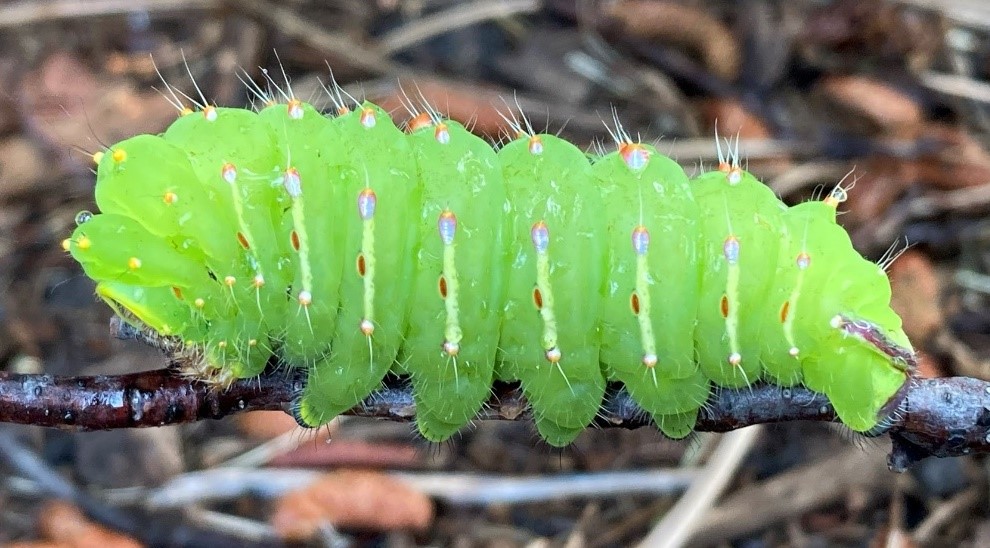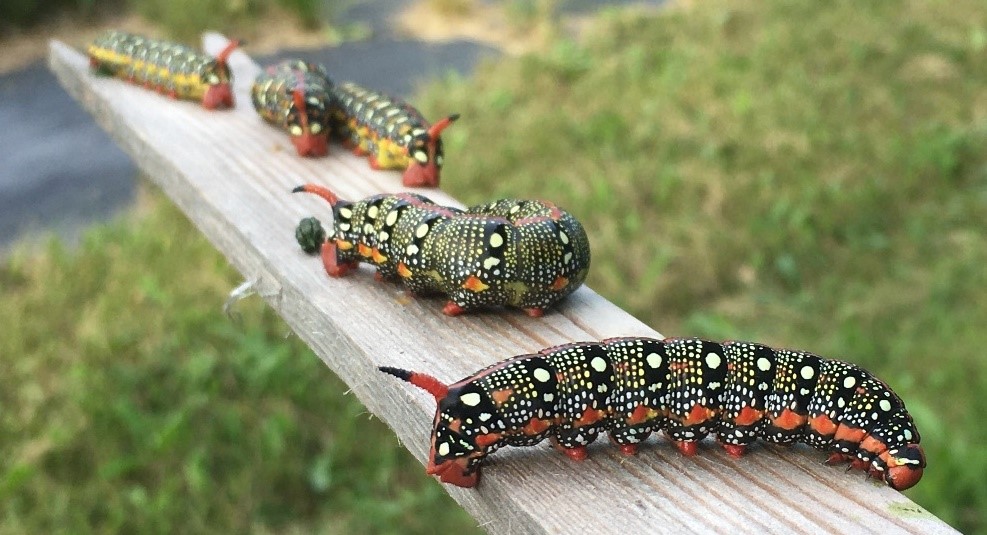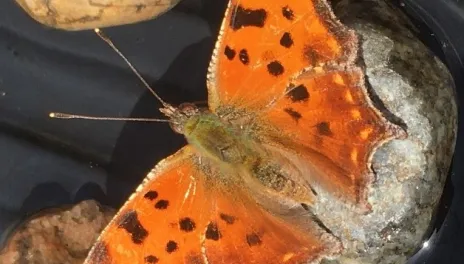Beautiful Insects at CREC Orchard
I’m working on reports, especially for our haskap trials, but I thought I’d share some warm weather butterfly and moth pictures that I took this past year. I love working with plants, especially fruit plants, but I think my overall passion is “Biology”: the study of life. The interaction of living critters (plants, animals (that’s us-humans), insects, fungi, bacteria, viruses (ok, these aren’t living)) and their environment is completely fascinating to me.
There are a lot of opportunities these days to become ‘citizen scientists’ and kids will probably LOVE to take part in this. Here are some that I use: www.butterfliesandmoths.org , www.iNaturalist.org (and app) and www.bumblebeewatch.org (and app).
Some other helpful sites to identify butterflies and moths are www.butterflyidentification.org and https://www.ag.ndsu.edu/publications/lawns-gardens-trees/butterfly-gardening-in-north-dakota/e1266.pdf where you can print the Butterflies of North Dakota ID pages from the PDF.








Finally, you can always learn more about the habitat needed to conserve butterflies and moths at https://xerces.org/endangered-species/butterflies
Kathy Wiederholt
Fruit Project Manager
Kathy.Wiederholt@ndsu.edu
